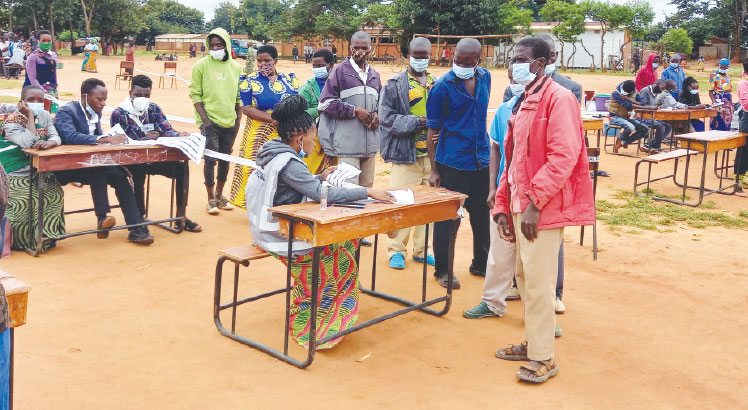The brighter face of El Nino
Up until now we blame the current hunger in the country on floods and drought that occurred in January 2015. But government imported 30 000 metric tonnes of maize to bridge the deficit. My question is: Where is this maize? People are spending many days at Admarc depots to buy only 20 or less kilograms (kg) of the staple food, a sign that there is no maize in the country.
This year we have El Nino. Let us not blame it for all our problems. At least not power outages!
El Nino is a warming of ocean surface temperatures in the eastern and central Pacific that occurs every few years with ripple effects around the globe.
Yes, El Nino has never been good news. WFP estimates that Malawi will be the worst hit country in the southern Africa region, where 2.8 million people or 16 percent of the population, will again need food aid. In other words, the El Nino weather pattern will only prolong hunger as already as many as 2.8 million do not have food as a result of last year’s drought and floods.
With little or no rain falling in many areas, especially in the Southern Region, and the window for the planting of cereals closing fast or already closed in some countries, the outlook is alarming.
The problem here in Malawi is that much of the maize crop is produced by small-scale farmers, often just to feed their families.
WFP says one particularly worrying symptom of southern Africa’s vulnerability to food and nutrition security—where Malawi lies—is the alarming rate of chronic malnutrition. Not good at all.
But there is something to smile about from the ugly face of El Nino. Sounds ironical? Up until now, the low water levels in Lake Malawi are blamed on the drought the country experienced last year.
Experts say El Nino events typically bring drier conditions to southern Africa and wetter ones to east Africa. The dry, hot conditions are expected to persist until the start of the southern hemisphere dry season in April or May.
The blessing in disguise this year is that the same El Nino weather pattern which will cause drought and, therefore, low maize yields for most of the Southern and part of the Central regions of the country, is expected to swell Lake Malawi owing to the fact that it will bring wetter conditions to east Africa and the north whose rivers flow into Lake Malawi.
According to experts, Lake Malawi swells most in May, almost two months after rains have tailed off in the Southern and Central regions. In the North, on the other hand, rains completely disappear in May. This is the month the lake is bursting on its seams.
This means the lake is mostly charged with water from rivers in Tanzania and the Northern Region, including rivers from the northern part of Mozambique. What all this means is that we can have floods in the Shire Valley; we can have Ruo River flooding and wreaking havoc in the Shire Valley, but if we don’t have enough rains in south of Tanzania, the Northern and Central regions of Malawi, we are in deep trouble in as far as hydro power generation is concerned.
This is because the country’s major hydro power stations—Nkula I and II, and Kapichira—are all upstream of where the Shire gets the largest water volumes.
So we can have a lot of water in the Lower Shire around February and March from Ruo and Mwanza rivers. This water will drain off into the Zambezi since it can’t be controlled for the benefit of our hydro power station.
This year, however, El Nino will give us a lot of water from Tanzania and the northern part of the country. This water will swell Lake Malawi. This is the water that can be controlled and help us keep our hydro power stations running. So this year Escom will not blame power outages on the lake. El Nino will give us all the water we need for our hydro power generation.



